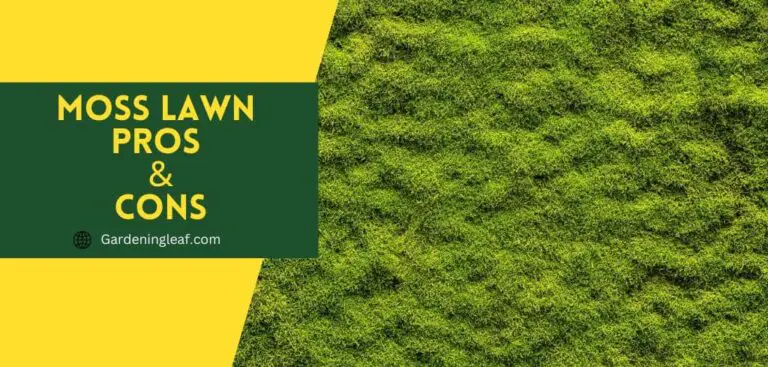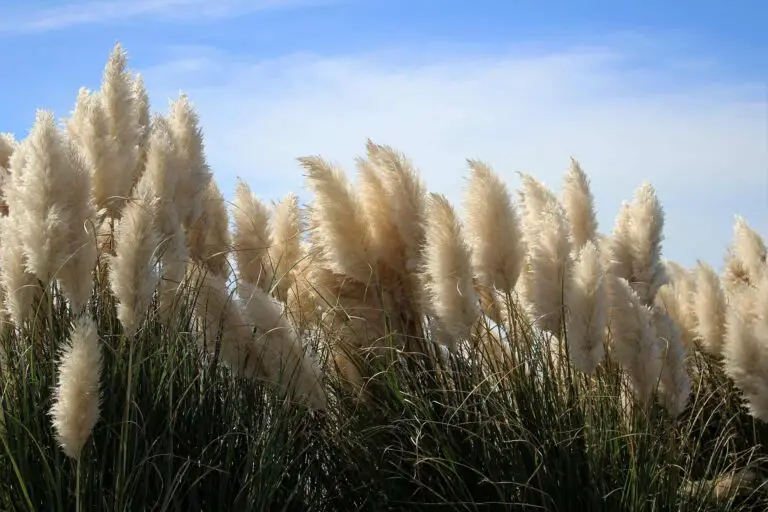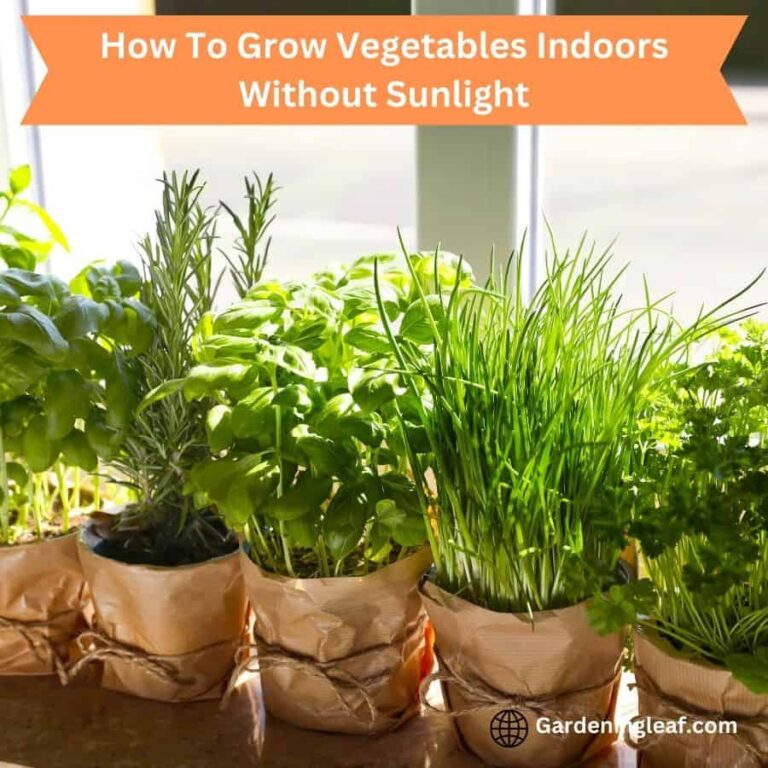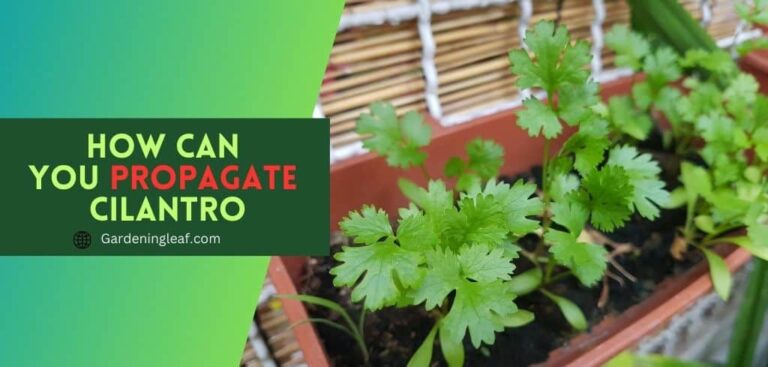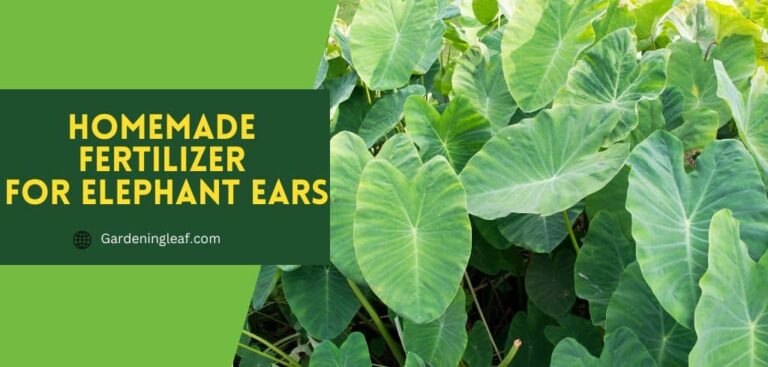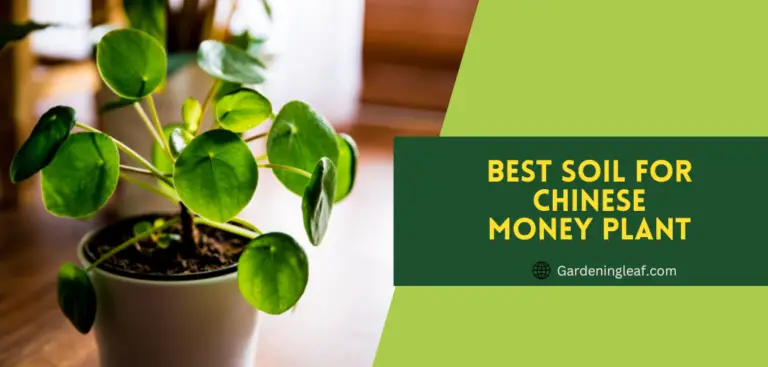Unleash the Power of Ceramic Pots: Elevate Your Plants to New Heights!
When growing plants, it’s necessary to use a suitable pot. The appropriate pot would allow for optimal root development, drainage, and ventilation. However, knowing which pot is suitable for your plants can be challenging. One of the pots that are very popular amongst gardeners is Ceramic Pots.
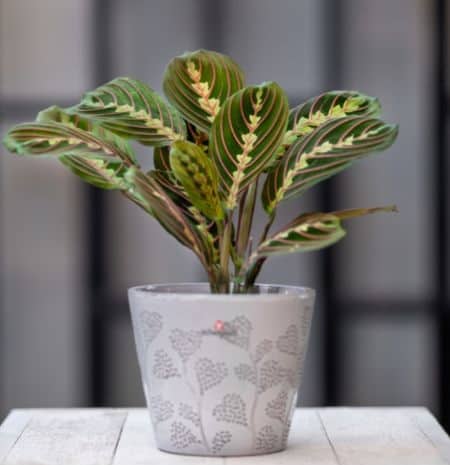
Ceramic containers are a time-tested and reliable option for growing plants indoors or out. These earthenware pots not only improve the plants’ curb attractiveness. But also provide them with many crucial nutrients and water sources.
Ceramic containers can endure high temperatures and are known for longevity, making them useful in various environments. The porous nature of ceramic pots is one of their greatest advantages because it ensures that the soil drains and breathes properly, helping the plants to flourish.
This piece will investigate whether ceramic pots are healthy for plants and what makes them functional in the garden. In this article, we’ll discuss are ceramic pots good for plants. And provide tips on how to care for them properly.
Read More:- Are Terracotta Pots Good For Plants?
What Is A Ceramic Pot?
A ceramic pot is an earthenware or stoneware pot. It’s made of clay and has a high 2,000 to 2,500 °F temperature. This makes them durable and water-resistant. They can withstand various weather conditions. They are made from dense clay and are typically glazed or sealed to prevent water loss. Ceramic pots come in a wide range of shapes and sizes.
Ceramic pots are often porous, allowing for proper soil drainage and aeration. Excess water can escape easily, preventing the soil from waterlogging and reducing the risk of root rot.
Ceramic pots are ideal because they are porous. It permits air to circulate freely around the roots. It helps them with the oxygen they need to grow. It helps the soil to moist for longer. And prevents the growth of mold and bacteria.
Are ceramic pots good for plants?
There are many reasons why you should Choose A Ceramic Pot For Your Plants, and are ceramic pots good for plants?
1. Porous Nature

When deciding on a plant pot, ceramic containers are a fantastic option. With their many advantages over materials like plastic and metal, they are the best choice.
One of the key benefits of ceramic pots is their porous material nature. For the air movement and drained properly, this is necessary. Excess water can easily drain away.
It helps protect the soil from waterlogging and fungus growth on the roots. One of the key benefits of ceramic pots is their porous material nature. It helps plants with the oxygen they require for growth.
2. Keep Moisture

Ceramic pot material can hold moisture longer than other materials, such as terracotta, plastic, or metal pots. This means ceramic pot plants tend to stay hydrated longer than in different pots.
Because of this, ceramic pots can be a good option for plants that constantly prefer moist soil.
Glazed ceramic pot material has the extra benefit of providing proper drainage holes to allow water to escape easily. These holes make it easier for water to drain from the pot, which benefits plants that require good drainage.
The glazed surface prevents bacteria and other contaminants on the pot’s surface. But, ceramics with drainage holes are suitable for plants that require good drainage due to the lack of holes.
3. Add style to your garden
Ceramic pots are popular for plant lovers who want to create a stylish and cohesive look in their space. They come in different styles colors and pot sizes.
So you can complement any decor theme or color scheme. From minimalist, modern designs to more intricate and decorative options. There is a ceramic pot to suit every taste and preference. Choosing ceramic pots can help create a beautiful and cohesive display for your plant collection.
4. Durability
Another benefit of ceramic pots is their durability. Unlike plastic containers, which can become breakable and break over time. Ceramic pots can withstand extreme temperatures and are less likely to break or chip.
This means they can last for many years, making them a great investment for plant enthusiasts.
5. Eco-friendly choice
Ceramic pots are an eco-friendly choice for your plants. Because they are built of natural materials such as clay, a sustainable resource. At the end of their lifespan, ceramic pots can be recycled.
Also, ceramic pots are less likely than plastic pots to discharge dangerous chemicals or pollutants into the soil. It gives your plants a healthier environment. Choosing a ceramic pot is advantageous for your plants. But also contributes to resource conservation and reduced environmental effects.
6. Protection:
Ceramic pots can protect your plants from extreme temperatures. They are less likely to absorb heat than other materials like plastic. This can help keep the soil temperature cooler and prevent damage to the plant roots.
They can keep the roots of your plants cool during hot weather and protect them from frost during winter.
7. Easy to clean:
Ceramic pots are easy to clean. You can easily clean any dirt or dust with a damp cloth. This makes them easy for busy gardeners who want plant containers that don’t need much care.
8. Stability for larger plants
ceramic pot provides stability and prevents the plant from tipping over. Compared to lighter materials like plastic, ceramic pots are heavier and less likely to be knocked over by wind or accidental bumping.
This is particularly important for larger plants. which can become top-heavy as they grow and require a stable base to prevent them from falling over. Overall, the weight of ceramic pots can be useful for keeping your plants safe and secure.
Best Ways To Provide Drainage In A Ceramic Pot
If you are using ceramic pots for houseplant growing, it’s essential to provide drainage for the plants.
Use a layer of rocks or gravel: Adding a layer of gravel, pebbles, or river rocks to the bottom of the pot and then inserting the houseplant’s nursery container within is one approach to do this. This will help ensure good drainage for the plant and prevent root rot.
Add drainage holes: If your ceramic pot does not already have drainage holes, you can create them by using a drill with a ceramic bit or a hammer and nail. Be sure to create several holes to allow for adequate drainage.
Use a well-draining soil mix: Always use A well-draining potting mix. Use a potting mixture with a high ratio of soil or vermiculite, perlite, or sphagnum peat.
Water carefully: Water your plant when the top inch of the soil feels dry. Allow excess water to drain from the pot before replacing it in its tray or saucer.
Difference between ceramic pot vs. terracotta
| Feature | Ceramic Pot | Terracotta Pot |
|---|---|---|
| Material | Dense clay that is fired at high temperatures | Porous, unglazed clay |
| Water retention | Glazed surface helps retain moisture | Porous clay allows water to evaporate quickly |
| Durability | Generally more durable and longer-lasting | More susceptible to cracking and chipping |
| Weight | Heavier than terracotta, providing stability | A glazed surface helps retain moisture |
| Drainage | Often have drainage holes for water to escape | May require additional holes to be drilled for drainage |
| Styling options | A wide variety of colors and designs are available | Typically a reddish-brown color with limited design options |
| Plant suitability | Suitable for a wide range of plants, including indoor | Best suited for plants that prefer a drier environment |
| Eco-friendliness | May be made from natural materials and recyclable | Lighter weight may require additional ballast for stability |
Read More:- The Best Plants for Terracotta Pots: Tips for Caring Your Plants
Tips for Planting in Ceramic Pots
Use the right soil:
Ceramic pots are great for holding moisture. But using a well-draining potting mix is important, so plants don’t waterlog. Avoid using heavy garden soil or soil with a lot of clay content.
This can cause drainage issues and even lead to root rot. Choose a potting mix that permits the soil to breathe and controls waterlogging.
Provide drainage:
The bottom of the container should include drainage holes to enable excess water to escape. Sometimes, a container lacks a drainage hole. You must drill holes at the bottom of your container.
Consider using a liner:
A liner, such as a plastic or fabric pot, can help keep moisture in the soil while also allowing excess water to drain. This can help prevent the ceramic pot from becoming waterlogged and damaging the plant.
Choose the right size:
Be careful to choose a pot that is appropriate to the plant you want to place within. The plant may get root-bound and stunted if the container is too small. If the container is too big, it may retain too much water, causing the roots to rot.
Water properly:
While ceramic pots can keep moisture well, it’s important not to overwater. Allow the top inch or two of soil to dry out before watering again, and check the soil moisture level.
Protect from temperature extremes:
Ceramic pots can crack or break if exposed to extreme temperatures, such as frost or heat. Consider bringing plants indoors plants during extreme weather conditions. Or use a protective cover or insulation to protect the pot.
Following these tips can help your plants thrive in their ceramic pots.
Disadvantages of using ceramic pots for plants
- Cost: Ceramic pots are more expensive than other types of pots, such as plastic or terra cotta pots.
- Weight: Ceramic pots can be heavy, making them difficult to move around or transport.
- Fragility: Ceramic pots can be fragile and may crack or break if dropped or knocked over.
- Limited breathability: The glazed surface of ceramic pots can help retain moisture. It can also limit the breathability of the soil and prevent air from reaching the roots.
- Water retention: Retaining moisture can be beneficial for some plants. Others may be susceptible to overwatering and root rot in ceramic pots.
- Not easy to move: This pot is a little bit compared from the other types of pot. So it’s not so easy Move a pot full of potting soil.
Read More: – The Ultimate Guide How to Clean Terracotta Pots: Tips and Tricks
Which are better, glazed or unglazed ceramic pots?
There are two main types of ceramic pots: unglazed and glazed.
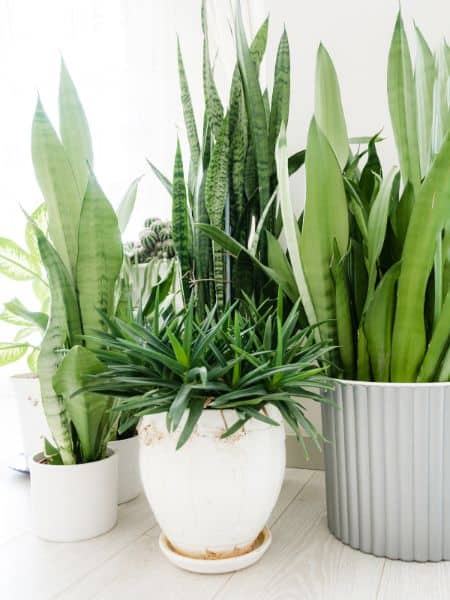
Unglazed ceramic pots are porous, which allows for good air and water exchange between the soil and the environment. This can be beneficial for plants that need good drainage and aeration.
But, unglazed pots can be more prone to cracking and breaking over time. And may not be as pleasing as glazed pots.
Glazed ceramic pots are coated with a glaze layer, giving them a smooth and shiny finish. This makes them more visually appealing and can help to retain moisture in the soil.
It can be beneficial for some plants. However, glazed pots may not be as breathable as unglazed pots, which can lead to issues with drainage and aeration.
Both pot types have pros and cons., so the choice between them. It will depend on your needs and preferences as well as the needs of your plants.
Which plants like ceramic pots?
- Succulents and cacti: These plants prefer well-draining soil and are often planted in unglazed ceramic pots to help drainage and airflow.
- Tropical plants: Many tropical plants need high humidity and moisture retention. And glazed ceramic pots can help to maintain these conditions.
- Orchids: Orchids prefer a porous growing medium, and unglazed ceramic pots can provide the necessary airflow and drainage to keep them healthy.
- Herbs: Many herbs thrive in well-draining soil, and unglazed ceramic pots can help to provide the necessary drainage and aeration.
Do ceramic pots grow mold?
Yes, ceramic pots can grow mold. This is because the porous surfaces of unglazed ceramic pots allow moisture and air to escape, allowing mold growth.
Glazed ceramic pots may resist mold growth better but allow moisture and air to escape. So it’s essential to keep both types of pot clean so that your plants don’t suffer from fungal problems.
Read More:- 10 Best Pots For Fiddle Leaf Fig
Are clay pots and ceramic pots are same?
No, clay pots and ceramic pots are not the same. While both are made from clay, they are made using different methods and properties.
Clay pots are created by shaping natural clay into the desired form and firing it at a high temperature. Typically between 1000 and 1300 degrees Celsius. This firing process hardens the clay and makes it durable but also porous. It allows for good drainage and aeration of the soil.
Ceramic pots are made from a mixture of clay and other materials. such as sand, feldspar, and kaolin. This mixture is formed into the desired shape and fired at a lower temperature—between 800 and 1000 degrees Celsius. The firing process creates a hard and durable material.
However ceramic plant pots are less porous than clay pots and may not allow for as much air and water exchange between the soil and the environment.
Both unglazed clay pots and ceramic planters can be good options for plants.
Read More: – 15 Best Ways How To Stop Plant Pots Falling Over In Wind
Conclusion
Ceramic pot drainage, the ability to retain moisture and heat, and durability is the finest choice for your plants. It also allows excess moisture to evaporate faster, which protects your plants from root rot. Besides, they’re lightweight and easy to move around, making them ideal for indoor planting.
But some people say. Ceramic pots can cause plant root rot, so you should also look into terracotta pots. The bottom line is that ceramic pots work well for most houseplants. Hopefully, my guild about are ceramic pots good for plants or not will help you.

